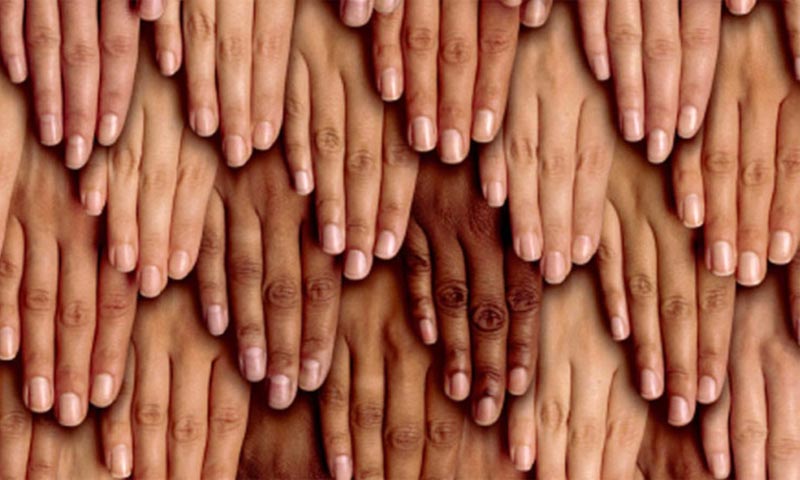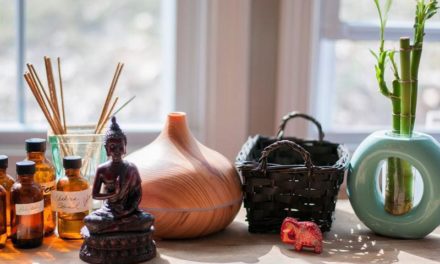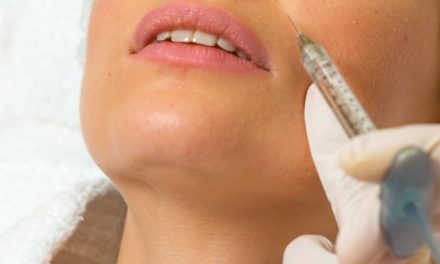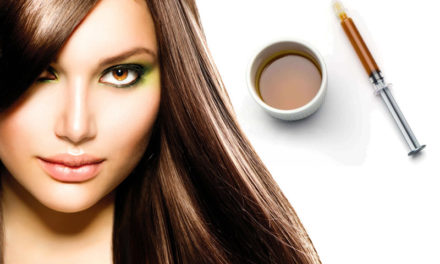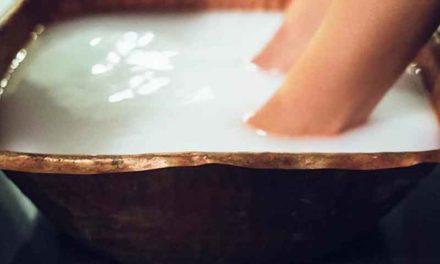Waking up in the morning with a huge pimple on the face right before a big event is one of the worst nightmares. As a teenager, these episodes are not isolated incidents, and in most cases, the blemish will disappear within a couple of days. But there is a different type of acne which is more intense and very difficult to heal and which also leaves scars: cystic acne.
Unlike the typical acne with pimples formed on the surface of the skin, cystic acne forms within the deep tissue of the skin and don’t find a way to reach the surface. The outbreak of cystic acne consists of large and painful red spots. If treated like the common acne, these pimples will affect vast areas of your skin for many years and leave permanent scars. It is important to talk to a specialist to find the right cure for the problem before it becomes difficult to keep under control. But before learning how to heal this skin condition, you must learn what it is and understand why it appears.
What is cystic acne and why does it appear?
Cystic acne is known as one of the most complicated forms of acne to cure. It is believed that the cause for this type of skin outbreak is the same bacteria that cause regular acne, with the difference that this time the blemishes are far more painful and have a higher risk of leaving scars compared to moderate or mild acne.
A pimple is formed when a pore is blocked by dead skin cells and traps bacteria inside. This way an infection is formed within the skin and a pimple appear. In the case of cystic acne, the infection is formed deep into the skin layers creating a red pimple which is tender, full of pus and sometimes it even itches. If you insist in bursting it, the infection will spread and cause an outbreak. The main trigger for all types of acne is hormonal unbalance, and cystic acne is no exception. For unknown reasons, the body produces an excess of male hormones, which by the way, are present in women as well, and they cause hypersensitivity to the oil glands that are found in the skin. As a result, these glands produce higher quantities of oil than usual and become swollen. Sometimes, under these circumstances, the gland is not capable of pushing the extra oil to the surface, and it bursts beneath the skin, and so appears the cyst or nodule, which actually is a swollen mass within the skin tissue. When this happens, you are officially dealing with the painful and unaesthetic cystic acne.
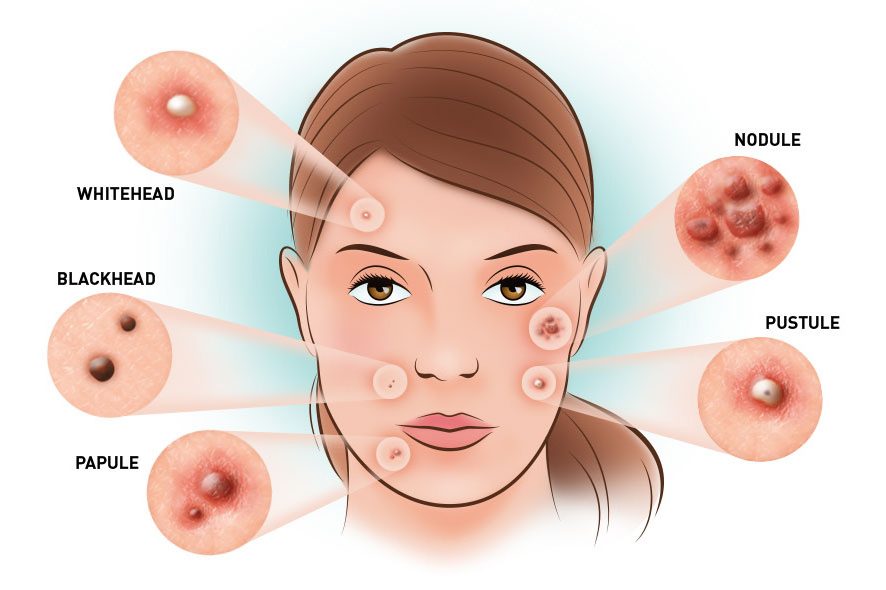
Photo Credit: Acne.com – Types of acne
Even if there is little information regarding the causes of cystic acne, it was discovered that it is most likely to occur during pregnancy, menstrual cycle, puberty and sometimes at menopause. The genetic factor is another important cause of this condition. If your parents had cystic acne, it is very likely for you to face this problem as well. Hormonal unbalance could also determine polycystic ovary syndrome which is another possible factor for this severe type of acne.
Cystic acne is more common to appear during puberty, but unfortunately, it can continue to form during maturity as well, especially if there is hormonal unbalance and it affects both men and women of different ages. Studies have shown that cysts start developing between the ages of 8 and 50 and the most common area to appear its on the face. Shoulders, back, chest or upper arms can also be affected.
Signs and symptoms specific for cystic acne
We all have seen how a face affected by acne looks like, so its symptoms are familiar to everyone since it is estimated that almost 80% of people dealt with this skin condition at some point in their lives.
Cystic acne is one of the most visible types of acne because of its severe forms where cysts and nodules are produced in addition to countless other inflammatory pustules. This kind of acne can also leave behind visible scars. Emotional distress is the main side effect of acne. In the majority of cases, acne doesn’t create other physical symptoms than a less appealing skin. However, in the case of cystic acne, things are a little different because the outbreaks are also painful. Any type of acne has the potential to influence a person’s mood and self-esteem negatively, but there is a higher risk of social distress in the case of cystic acne mainly because it has a greater impact on one’s appearance. Teenagers and young adults who try to gain a social status are more sensitive to the situation and feel outcasted.
The cystic acne can produce long-term and even permanent damage to the skin so it is essential to follow the specific treatment for this type of condition as it may leave behind large pits, “ice pick” scars, raised scars and shallow depressions on the skin.
If self-diagnosed, cystic acne could be mistaken as regular acne and treated according to the general rules. To see results, you must use specific products or follow a treatment recommended by a dermatologist.
Traditional treatment will not work on cystic acne because most of the products are created to destroy the bacteria from the surface of the skin, and they don’t reach the deep tissue. Here are some tips on how cystic acne is different from other common types:
- Although it is not a general rule, in most cases the blemishes don’t have a “whitehead” on the surface of the skin
- The cysts appear as red bumps on the skin, but they are formed deep beneath it layers instead of coming out to the surface.
- Usually, the lesions of cystic acne make themselves felt within the skin before they could actually be seen
- With very few exceptions cystic acne lesions are painful whether they are being touched or not
A dermatologist can diagnose the type of acne just by examining the skin. A doctor will know exactly what you deal with and what kind of treatment will be most useful, even though the situation might require a closer examination to confirm cystic acne.
How can cystic acne be treated?
Lesions caused by cystic acne actually are ruptures underneath the surface of the skin, the blockage and swollen contents of the blemish are pushed deeper into the skin beyond the reach of typical anti-acne products. Even if it looks like a simple blemish, it is important not to treat cystic acne with over the counter medicine, mostly because they will have almost no effect at all.
Many doctors consider cystic acne to be among the most severe types of acne, and they also are very much aware that traditional acne treatments don’t improve the condition at all. Because lesions of the skin caused by this form of acne require a lot of time for healing, weeks or even months, one should take very seriously the potential of these blemishes for leaving scars and spreading the affected area. A dermatologist will know how to deal with the problem and recommend you the proper treatment to get rid of it. Some of the most common treatments doctors use for treating cystic acne include:
- Birth control pills, for women, because they help to regulate the hormones
- Oral antibiotics can reduce the inflammation and control the spread of bacteria within the skin. Unfortunately, sometimes bacteria become immune to antibiotics and the results will not be outstanding.
- One of the most common treatments for cystic acne is Accutane. The recommended dose is one pill once or twice a day and only for a period of up to five months. The treatment proved very useful in cleaning the skin, but in the past years, this product has to be linked to some serious side effects like depression and even suicide.
- The doctor can prescribe lotions, creams or wash gels with high concentration of retinoid, a special type of vitamin A, which helps increase the effect of antibiotics and also unplugs the pores, so there will be fewer blemishes
Considering that most medications come with a long list of side effects, make sure you have tried all the other options before making drastic decisions.
Natural remedies for cystic acne and no other side effects
Homemade and natural remedies are a good choice when it comes to finding a cure for cystic acne because they don’t carry a high risk of dangerous side effects. There are some natural remedies which could be prepared by anyone at home and which can help improve the situation:
- Put an ice cube on the blemish – if applied directly onto the red spot, the ice can make the small blood vessels which get to that specific area constrict and as a result of the size and redness of the blemish are reduced
- Make sure you respect the cleaning skin routine – it is essential to use products created for your skin type and your problem. Use an unscented and oil free moisturizer after you made sure the skin is exfoliated and cleaned. Also, make sure the exfoliant is not too harsh and try to use products with vitamin C
- Towels and pillow cases can worsen cystic acne – Just like everything else that touches your face, pillow cases and towels must be clean and frequently changed to avoid spreading the bacteria. They must be washed with detergents that don’t have a strong scent so that you can avoid allergies and irritation of the skin
- Essential oils of tea tree and lavender – they are well known for their properties in reducing the blemishes, and they are easy to use. Just apply a few drops on the affected area, and the most important thing is that they don’t have side effects
- Sleeping helps skin regenerate – a good night sleep can help regulate the hormones, and because the overall health is improving during sleep, the skin cells have the chance to restore and reduce the cystic acne
- Keep a diet which prevents acne from bursting – you should avoid eating sugar, caffeine, chocolate, fried food or dairy products, instead try to eat more foods rich in probiotics, vitamin A, zinc, omega 3 and fibers
- Never pop the pimples – even if it is hard to resist with a large blemish on the face, try to avoid obsessing over it in the mirror and under no circumstances burst it. This type of pimples are formed deep within the skin tissue and spreading the puss means spreading the area for the bacteria to grow
- Homemade facial mask – there is no better way to improve both your skin condition and your mood than relaxing on a Sunday and preparing a special face mask. This is a good idea because the masks you prepare are fully natural so there will not be any side effects, and also you will save a lot of money with going to the spa.
- Here are three facial recipes recommended by those who dealt with cystic acne and noticed their potential as a remedy:
- The honey mask – raw honey is an excellent moisturizer with antiseptic properties and can heal scars better than anyone can imagine. Also, it fights bacteria related to acne and heals wounds caused by cystic acne. Combine five tablespoons of raw honey, if you can use manuka honey is even better, with one tablespoon of powder cinnamon and nutmeg mask and apply the mix on the face three times a day for at least 30 minutes. Unlike the other masks you can find in stores and other natural remedies, which have the potential to dry out the skin, this mask will restore its moisture without clogging the pores.
- The lemon juice mask – this mask could become a life saver for many people. The secret is to mix the same quantity of lemon juice, which acts as a great astringent, with apple cider vinegar, which can restore the PH levels. Add enough organic powder of turmeric to transform the mix into a paste because this spice can reduce the redness of the blemish due to its anti-inflammatory properties. Apply the mask for five minutes, and it is more efficient if applied when you feel the pimples forming underneath the skin.
- The baking soda mask – very useful, but it also has a higher potential of drying the skin, so it is recommended to be applied first strictly on the affected area, before using it all over the face. Baking soda has many properties, but the most important in this case it is the alkaline power. Mix baking soda with Epson salt and dilute them with enough water to form a paste and apply on the area of the cyst. Wait until the solution hardens and then rinse it off using lukewarm water. At first, use this treatment once a day, and after a couple of days, you could try to apply it twice. It is important to inspect the area and make sure you see results. If you feel the need to add some oil to this dry mixture, you can use clove oil because it is known to be effective in fighting cystic acne, but make sure you dilute it properly as it is very powerful.
Cystic acne can be managed
Unlike common acne which affects most of the teenagers and disappears once the puberty is over, cystic acne can last for many years after and can follow you through adulthood. This type of acne does not respond to traditional remedies and requires special treatment. There are some natural remedies you can try to improve the situation, but if things get out of control, only a dermatologist can help.
It is important to have a routine for cleaning the skin, a healthy lifestyle, and good eating habits to keep the outbreaks under control. Cystic acne takes months to heal, so just hang in there doing all the right things and don’t lose hope. Eventually, things will get better and you can feel proud of your looks once again.

